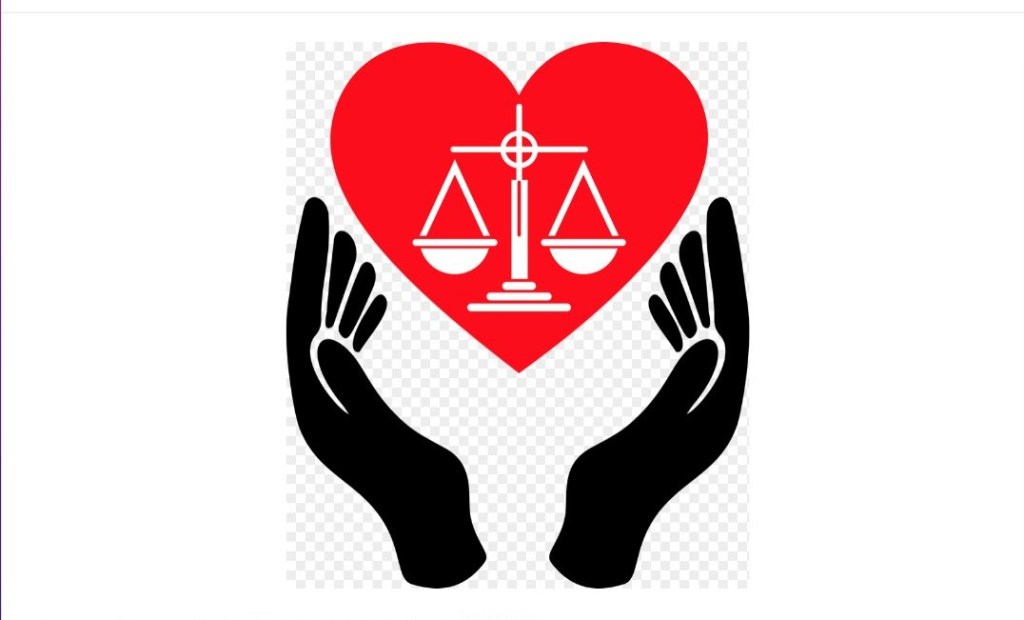
Are you left-handed or right-handed? Neither?
Only recently I learned that there is a term for my handedness: mixed-handed. I write and brush my teeth left-handed and use scissors and play golf right-handed. But I think that using my right is more of an adaptation to right-handed tools.
I looked it up and I read that there is such a thing as mixed-handedness, which is different from ambidexterity. Mixed-handedness is doing certain tasks with either the left or the right while being ambidextrous is doing all tasks equally well with either hand. Turns out there is also a continuum to handedness, as a person can be mixed left- or mixed right-dominant or mixed dominant. Confused? Well, there’s also being consistent-handed or inconsistent-handed. The former is writing and throwing with the same hand, and the latter is writing and throwing with different hands.
Not surprising, as this physiological “confusion” about how we grasp, reach out and function as individuals seems to extend to how we look at and behave in the wider world around us.
To begin with, being left-handed or sinistral in a right-handed or dextral world is historically regarded as odd at the very least, even downright wrong. My father, who was naturally left-handed, had to learn to write with his right hand because his teacher struck his hand every time he was caught writing with his left. Heaven knows what trauma he experienced as a young pupil, with his natural development arrested for the sake of conformity or right-handed functionality.
During my student days, I also found it difficult to write using a right-handed school desk, as I had to sit sideways so I could reach the writing desk with my left. And I could not play softball well, because our school had no gloves for lefties. (But was I glad we read from left to right!)
Thus, I always had to adjust to being sinistral in a dextral world. The disadvantage is even etymological, as the word “sinistral” comes from the same root of being “sinister” or “unlucky, inauspicious” and by modern definition (Merriam-Webster) “singularly evil or productive of evil; accompanied by or leading to disaster,” among many negative meanings. In Filipino, “nangangaliwa” means being unfaithful to your partner.
On the other hand (hey, did I just say “on the other hand”?), being on the right is always associated with good things, like Jesus, God’s only begotten Son, “sitting at the right hand of the Father,” or a trusted lieutenant being the “right-hand man” or “ang kanang kamay ni boss,” with all its perks and having direct access to the powers that be.
Being sinistral can be an advantage, however, if you’re a boxer like Flash Elorde or Manny Pacquiao, whose southpaw styles gave them phenomenal success in the boxing ring, mightily confusing their right-handed foes.
In politics, left-wingers are those associated with overthrowing government while right-wingers want to keep things the same. In economics, left-wingers always seem to have less money, or are demonstrating for more money (without necessarily working more), while right-wingers seem to own everything. This distinction is intentionally simplistic, but not far from the truth.
Handedness is also associated with eyedness and footedness. While there are statistical correlations, eyedness does not follow handedness. The bias against left dominance is again reflected in the description of an awkward dancer as “having two left feet.”
My dominant eye is the left but I have to rely on my right for peripheral vision while driving on our chaotic streets now that any number of motorcyclists squeeze in and cut from the right at any given time. (Yes, newer vehicles have sensors and cameras especially on your blind side, but I find the alarm distracting or even late, as the whizzing motorcyclist has already gone past me when the alarm beeps.)
Fortunately, there is greater evidence now that the popular belief in being right- or left-brained is a false dichotomy. According to this notion, a right-brained person is predominantly creative and intuitive, while a left-brained one is strongly logical and analytical. Turns out that while the brain hemispheres are associated with opposite sides of our musculature, it is the whole brain that is involved in many functions, whether mainly creative or analytical, intuitive or cognitive.
All these make us realize that adaptation and full functionality depend both on symmetry and asymmetry, similarity and dissimilarity, and their totality. In short, we must be evenhanded. Fair and impartial, especially in a world riven by conflict and prejudice. Balanced.
Evenhanded is being mindful and not being murderous with rage and revenge, as many people on both sides of the Israeli-Palestinian divide are now. Our wholeness of being makes us evenhanded, no matter which hand, eye or foot is dominant in us as individuals.


Leave a Reply